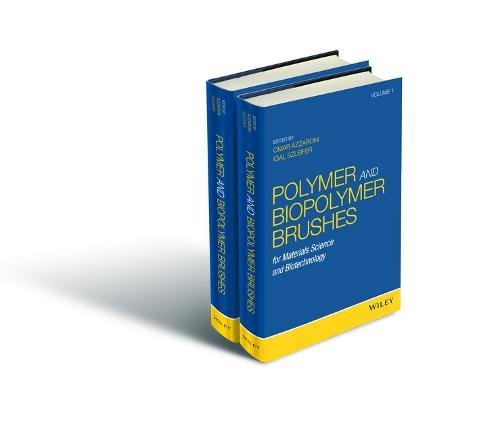

Most ebook files are in PDF format, so you can easily read them using various software such as Foxit Reader or directly on the Google Chrome browser.
Some ebook files are released by publishers in other formats such as .awz, .mobi, .epub, .fb2, etc. You may need to install specific software to read these formats on mobile/PC, such as Calibre.
Please read the tutorial at this link. https://ebooknice.com/page/post?id=faq
We offer FREE conversion to the popular formats you request; however, this may take some time. Therefore, right after payment, please email us, and we will try to provide the service as quickly as possible.
For some exceptional file formats or broken links (if any), please refrain from opening any disputes. Instead, email us first, and we will try to assist within a maximum of 6 hours.
EbookNice Team

Status:
Available5.0
37 reviewsServes as a guide for seasoned researchers and students alike, who wish to learn about the cross-fertilization between biology and materials that is driving this emerging area of science
This book covers the most relevant topics in basic research and those having potential technological applications for the field of biopolymer brushes. This area has experienced remarkable increase in development of practical applications in nanotechnology and biotechnology over the past decade. In view of the rapidly growing activity and interest in the field, this book covers the introductory features of polymer brushes and presents a unifying and stimulating overview of the theoretical aspects and emerging applications. It immerses readers in the historical perspective and the frontiers of research where our knowledge is increasing steadily—providing them with a feeling of the enormous potential, the multiple applications, and the many up-and-coming trends behind the development of macromolecular interfaces based on the use of polymer brushes.
Polymer and Biopolymer Brushes: Fundamentals and Applications in Materials offers chapters on: Functionalization of Surfaces Using Polymer Brushes; Polymer Brushes by ATRP and Surface-Mediated RAFT Polymerization for Biological Functions; Electro-Induced Copper Catalyzed Surface Modification with Monolayer and Polymer Brush; Polymer Brushes on Flat and Curved Substrates; Biomimetic Anchors for Antifouling Polymer Brush Coating; Glycopolymer Brushes Presenting Sugars in Their Natural Form; Smart Surfaces Modified with Phenylboronic Acid-Containing Polymer Brushes; DNA Brushes; Polymer Brushes as Interfacial Materials for Soft Metal Conductors and Electronics; and more.
Polymer and Biopolymer Brushes: Fundamentals and Applications in Materials is aimed at both graduate students and researchers new to this subject as well as scientists already engaged in the study and development of polymer brushes.